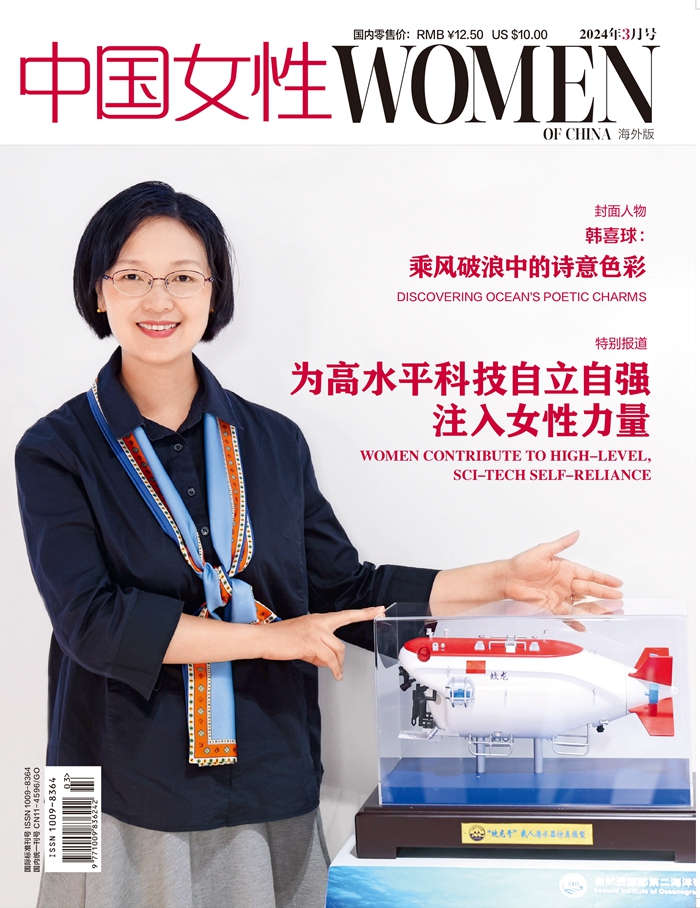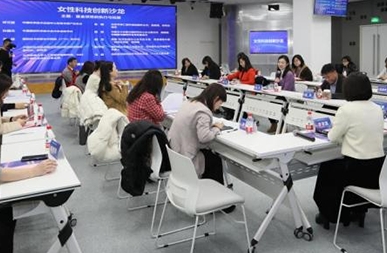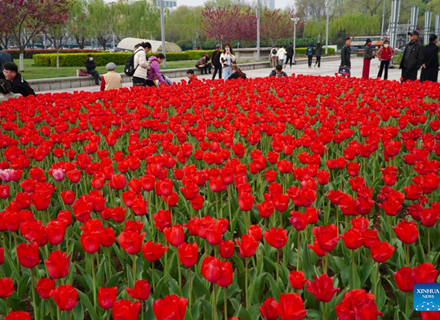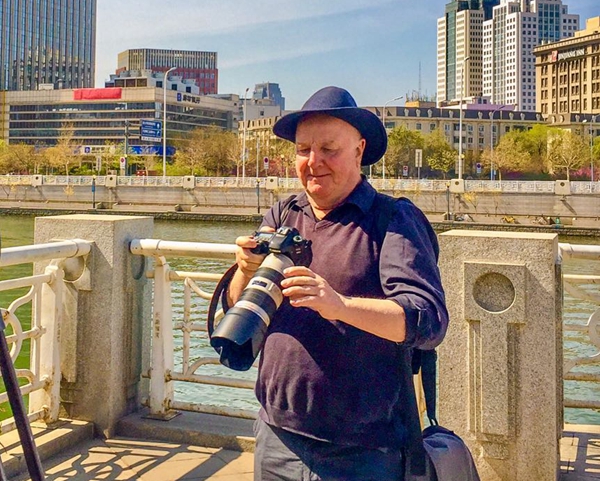 |
| Bruce Connolly, a writer and photographer from the United Kingdom, has been living in China for 36 years. He has used his cameras to record Chinese lives and development, in all segments of society. In this article, he writes about the great changes that have occurred in China since implementation of the reform and opening up policy. [Photo from Bruce Connolly] |
China today is so vastly different from what I first saw 36 years ago, in 1987. The beauty of the landscape, along with precious historic architectural treasures, which really impressed me, of course have not changed. However, much else has, including urbanization, modern infrastructure and the aspirations of so many people.
In 1987, I travelled overland by railway from Scotland, my destination Hong Kong. Heading south through China, I had very little knowledge of the country. My initial impressions were of a land so different from my Scottish homeland. The cities appeared to be lagging behind in areas, such as advanced technology, personal lifestyles and opportunities that we took for granted back in my homeland. The countryside, which I found very beautiful, somewhat felt very traditional.
Such impressions stayed with me until just before crossing into Hong Kong. Suddenly, I saw a bright, modern, well-planned city. I was puzzled. Where was I? It was Shenzhen, a city I had never heard of. Yet, it would prove to be one of China's greatest success stories. I was looking upon the start of massive ambitions and policies that would deliver considerable changes for China and its people. Changes that would be on a scale no other country could ever have contemplated. Policies, steadily introduced, would fundamentally modernize not just the country's urban appearance, but dramatically change lifestyles for so many people in only a short period of time. China would acquire a reputation for rapid, indeed, massive transformation.
Shenzhen, then a small town, was designated a special economic zone (SEZ), becoming a key player at the center of China's reform and opening up. This concept, adopted under the leadership of then-Chinese leader Deng Xiaoping (1904-1997), in late 1978, would not just transform much of China, but also push it rapidly upward, toward its current place as the world's second-largest economy, after the United States.
China's reform and opening up certainly worked, as I would witness over many years of watching this country's incredible progress, from "yesterday, today and towards tomorrow." Policies that would help lift about 800 million people out of low-living standards, particularly in rural areas.
In 1987, Guangzhou was the last stop on my railway journey before taking the "Through Train" to Hong Kong. Then, it still felt like an older river port, with little modernization.
In 1992, returning to Guangzhou, I lived and worked there for a year, helping with English-language proficiency, an essential for ongoing development of international commerce. It was an incredible experience to be there at that time.
In only five years, since 1987, the city had changed considerably. An extensive area, which was growing around Huanshi East Road, boasted excellent international hotels, modern shopping facilities, financial buildings and more.
Although Guangzhou was not an SEZ, it was the capital of South China's Guangdong Province, at the apex of the Pearl River Delta. I saw many Western business experts and engineers coming to live and work in the city. Infrastructure, such as railways, was rapidly being upgraded. One of China's first key expressways was under construction to Shenzhen, with connections into Hong Kong.
The dynamism was incredible to watch and experience. My students would share with me their aspirations. Most had come to Guangzhou, from smaller provincial towns or villages, with some desire to continue onto Shenzhen upon completing their studies.
Other changes I noticed in Guangzhou included dining and entertainment becoming increasingly international. The influx and growing numbers of expats resulted in Western restaurants, fast-food outlets and bars, along with the opening of foreign, often high-end, consumer brands. Locals, who had lived generally quiet, traditional lives, were suddenly trying new dining experiences, shopping for fashionable clothes and more.
The urban scale of Guangzhou was growing at an incredible pace. It was pushing outward, incorporating what earlier were rural villages. Super tall buildings increasingly dominated the skyline.
Guangdong Province was to be the testing ground, to judge how successful the reform and opening up would be. Gradually the policy was rolled out from that southern test bed, ultimately spreading nationwide.
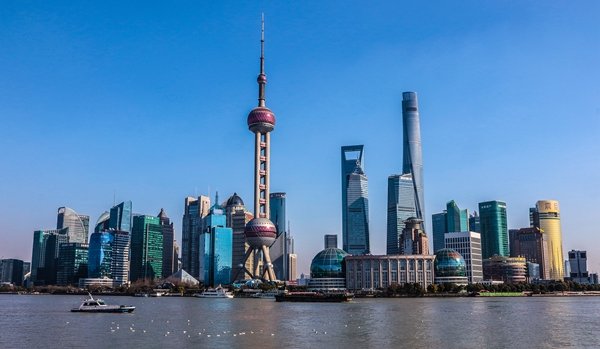 |
| [Photo by Bruce Connolly] |
The development of China's vast, high-speed rail network, and the nationwide growth of aviation, surely were results of the process starting with reform and opening up. Over subsequent years, I would travel across China, observing how the country would be impacted by the reforms.
In 1996, my first visit to Shanghai was fascinating. The Puxi side of Huangpu River was home to classical, Western-style architecture that for many years formed seemingly timeless, iconic images of Shanghai. However, across the river is Pudong — formerly an area of farmland, villages and boat docks. In 1990, it was chosen to be a new development zone, based on the noticeable success of reform and opening up. Today, it has become the financial hub of China. Over the years, I watched the city's steady growth, unthinkable without the policy traced back to 1978.
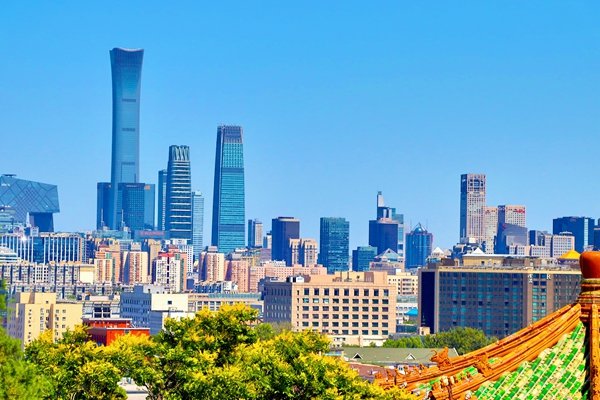 |
| [Photo by Bruce Connolly] |
Beijing, China's historic capital and renowned for its traditional hutong, would develop some years later. Beijing has transformed into a major business center, with the still ongoing construction of a central business district (CBD) at Guomao. Today, some of the world's highest buildings rise there.
Again, the contemporary lifestyle and trends of many young people have been fascinating to watch, and so different to those of their parents in the 1980s and 1990s. Much of Beijing today is so different to what I saw in 1987, when it was regarded as "capital of the bicycle" — the city's expressways now home to some of the world's finest automobiles.
My explorations across China have taken me to the remote corners of the northwest and southwest. Infrastructure construction has facilitated opening up. This has allowed relatively affluent domestic tourists to visit these scenically attractive areas, home for many ethnic groups, so facilitating a spreading of prosperity across the nation.
Much has happened since reform and opening up. Each step has been carefully studied, and gradually those successful practices are being applied to other parts of the country.
Travelling today around China, the positive results of those early experiments are there for all to see.
(Women of China English Monthly December 2023)
32.3KPlease understand that womenofchina.cn,a non-profit, information-communication website, cannot reach every writer before using articles and images. For copyright issues, please contact us by emailing: [email protected]. The articles published and opinions expressed on this website represent the opinions of writers and are not necessarily shared by womenofchina.cn.

